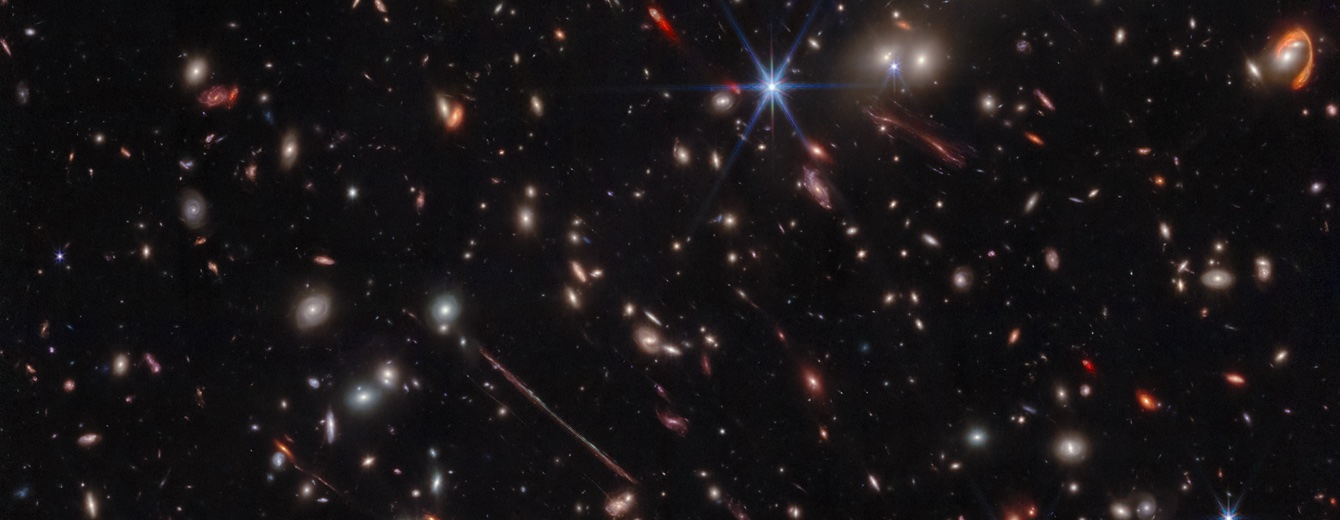We’ve been getting plenty of spectacular images from the James Webb Space Telescope since it began operations last year. Fraser even covered everything we learned from it in a video a few weeks ago. But the news keeps coming, and recently a science team known as the Prime Extra-Galactic Areas for Reionization and Lensing Science (PEARLS) team released a series of four papers describing Webb’s observations of a galaxy cluster known as El Gordo (“the fat one” in Spanish). But what’s more – they also released another absolutely stunning picture.
Continue reading “JWST Sees Multiple Gravitational Lenses in a Massive Cluster: “The Fishhook” and “The Thin One””Jupiter’s Moons Get the JWST Treatment
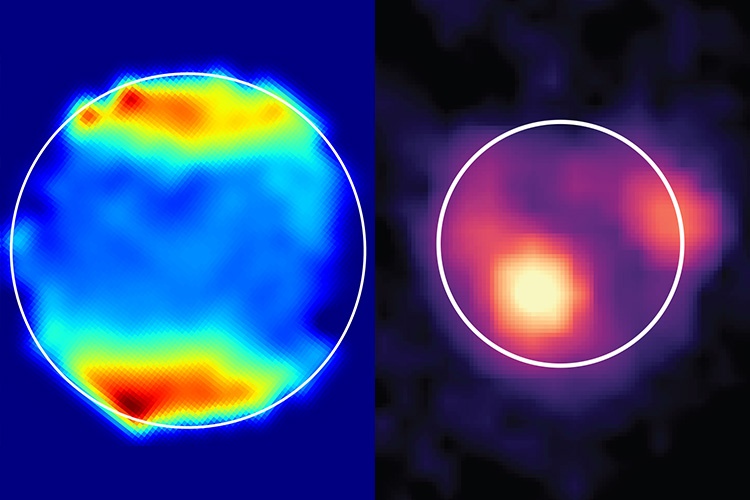
A pair of studies published in JGR: Planets and Science Advances discuss new findings from NASA’s James Webb Space Telescope (JWST) regarding Jupiter’s first and third Galilean Moons, Io and Ganymede, and more specifically, how the massive Jupiter is influencing activity on these two small worlds. For Io, whose mass is about 21 percent larger than Earth’s Moon, the researchers made the first discovery of sulfur monoxide (SO) gas on the volcanically active moon. For Ganymede, which is the largest moon in the solar system and boasts twice the mass of the Earth’s Moon, the researchers made the first discovery of hydrogen peroxide, which exists in Ganymede’s polar regions.
Continue reading “Jupiter’s Moons Get the JWST Treatment”Carbon-Based Molecules Seen Just a Billion Years After the Big Bang
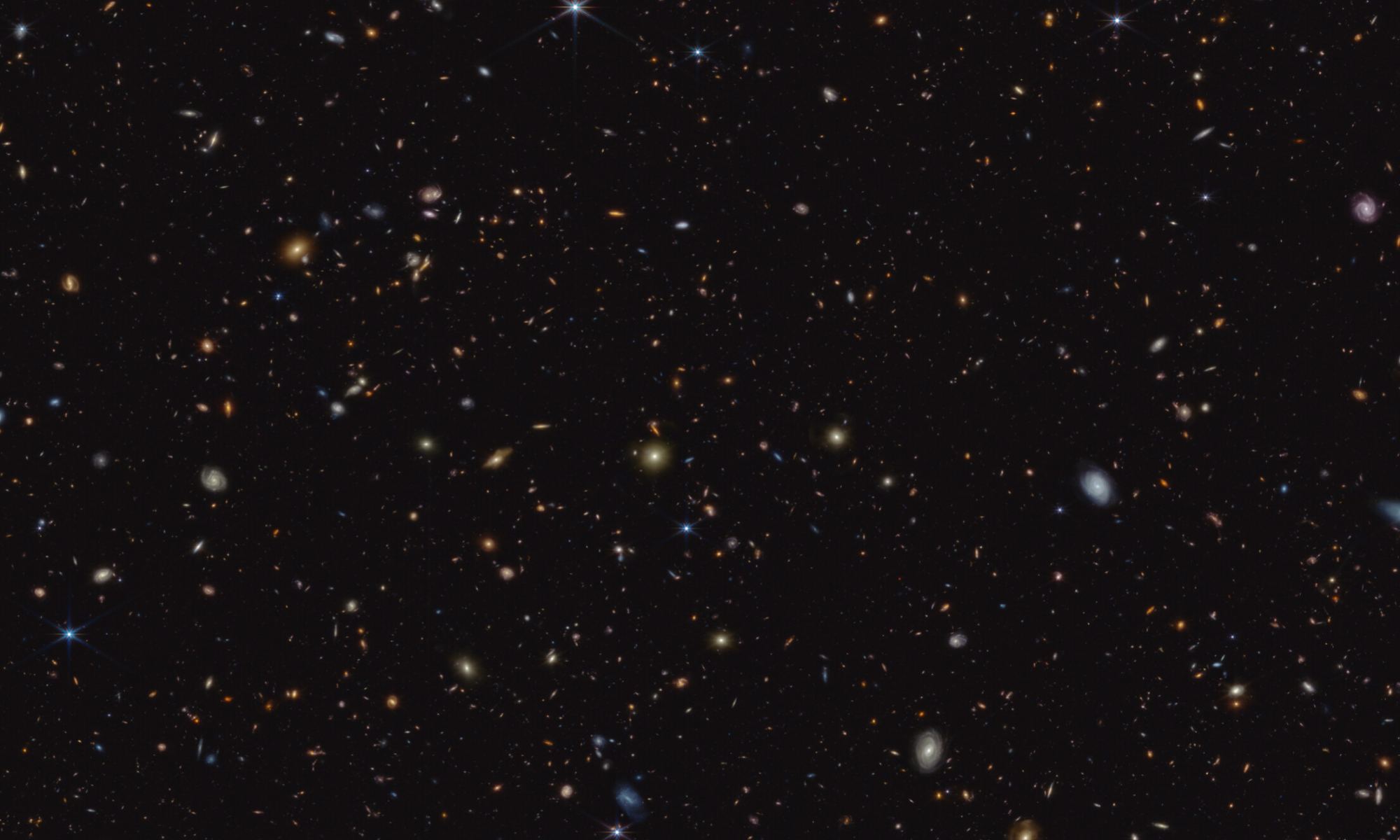
The more astronomers look at the early Universe, the more discoveries they make. Some of those finds change what they thought they knew about the infancy of the cosmos. For example, the James Webb Space Telescope (JWST) recently found evidence of carbon-based molecules and dust existing only a billion years after the Big Bang. It looks a bit different from the dust observed later in the Universe.
Continue reading “Carbon-Based Molecules Seen Just a Billion Years After the Big Bang”JWST Sees the Most Distant Active Supermassive Black Hole
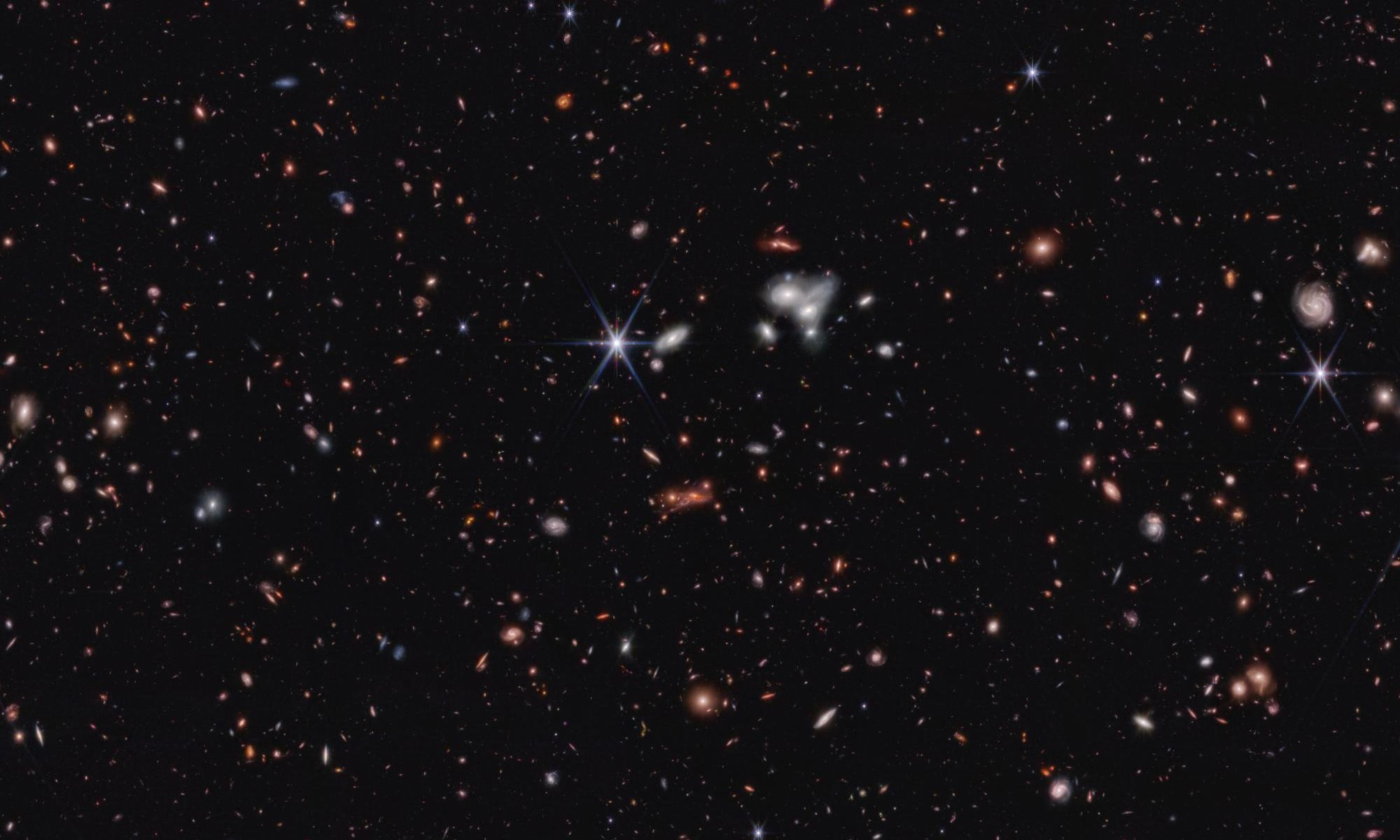
As astronomers push our views of the Universe further back in time, their telescopes keep uncovering surprises. That’s the case with a supermassive black hole in CEERS 1019, a distant very early galaxy.
Continue reading “JWST Sees the Most Distant Active Supermassive Black Hole”JWST Shows How the Early Universe Was Furiously Forming Stars
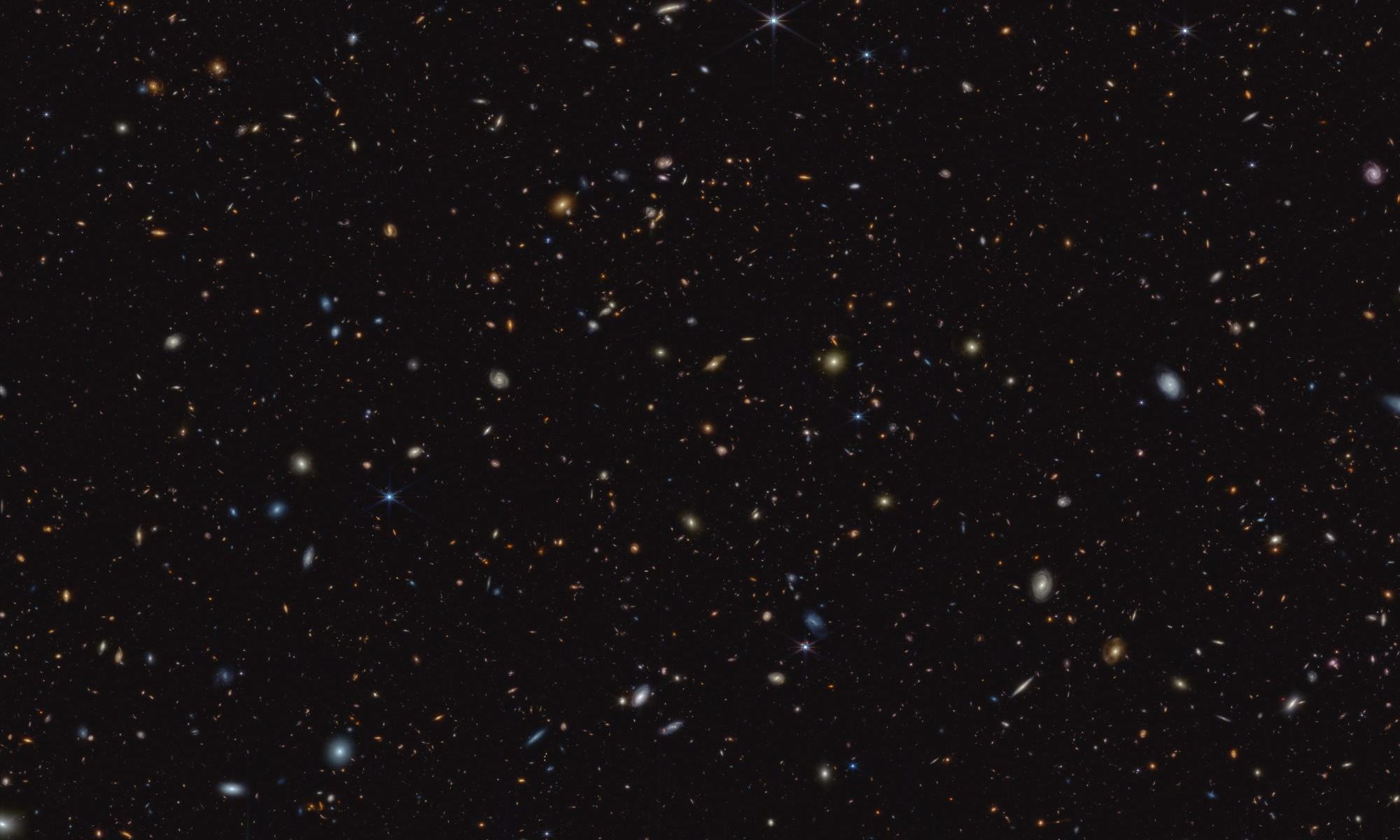
We can gaze out into regions in our neighbourhood of the Milky Way and find orgies of star birth. The closest region is in the Orion nebula, where astronomers have identified more than 700 young stars. They range from only 100,000 years—mere infancy for a star—to over a million years.
But we’re more than 13 billion years after the Big Bang now. What was star formation like way back when, when conditions in the Universe were so different?
Continue reading “JWST Shows How the Early Universe Was Furiously Forming Stars”JWST Looks at the Atmosphere of a Stormy, Steamy Mini-Neptune
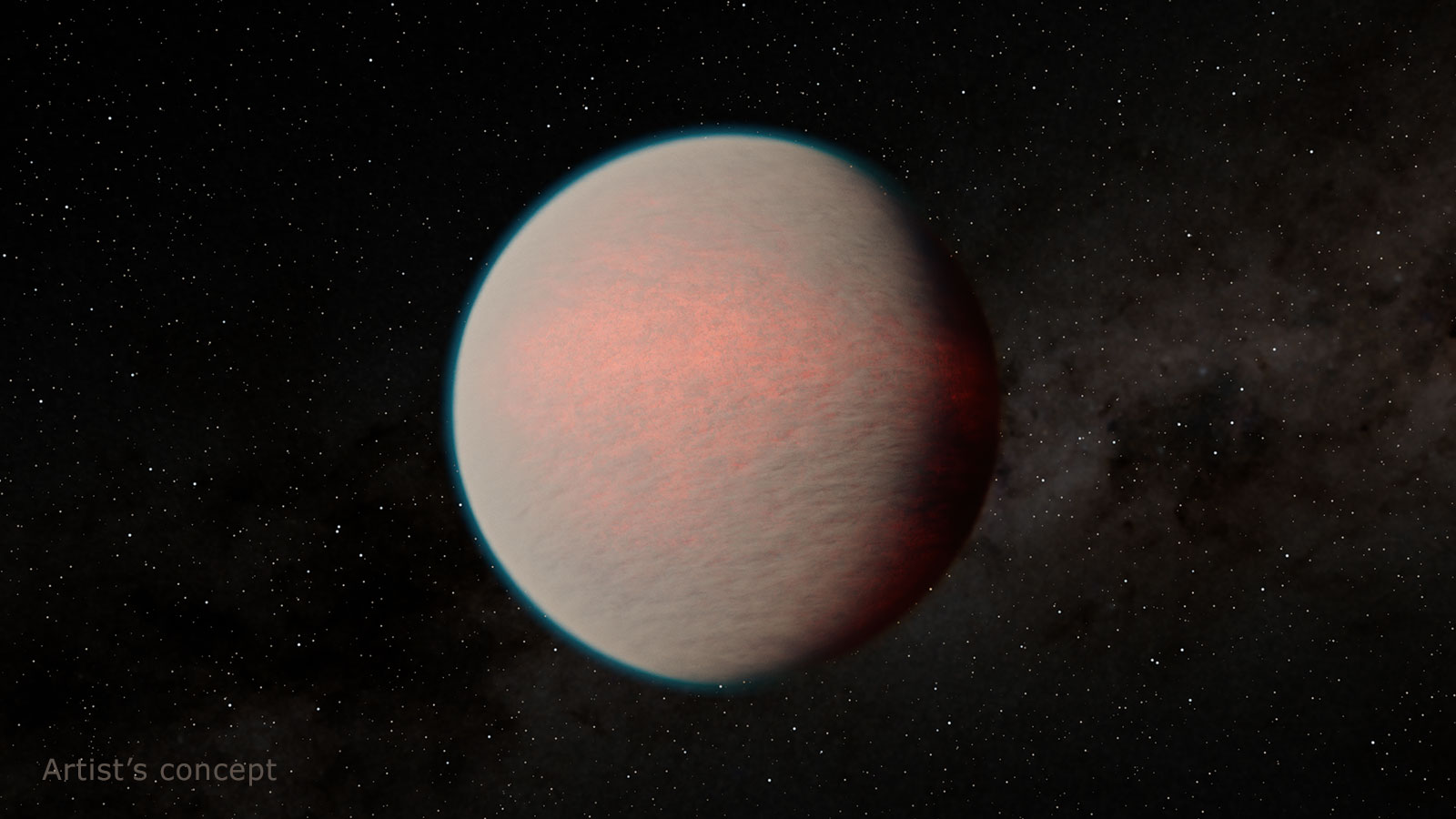
Just because there’s no Mini-Neptune in our Solar System doesn’t mean they’re not common. They appear to be widespread throughout the Milky Way, and according to NASA, are the most common exoplanet type. GJ 1214 b is one of them.
Continue reading “JWST Looks at the Atmosphere of a Stormy, Steamy Mini-Neptune”JWST Sees Merging Galaxies Releasing the Light of a Trillion Suns
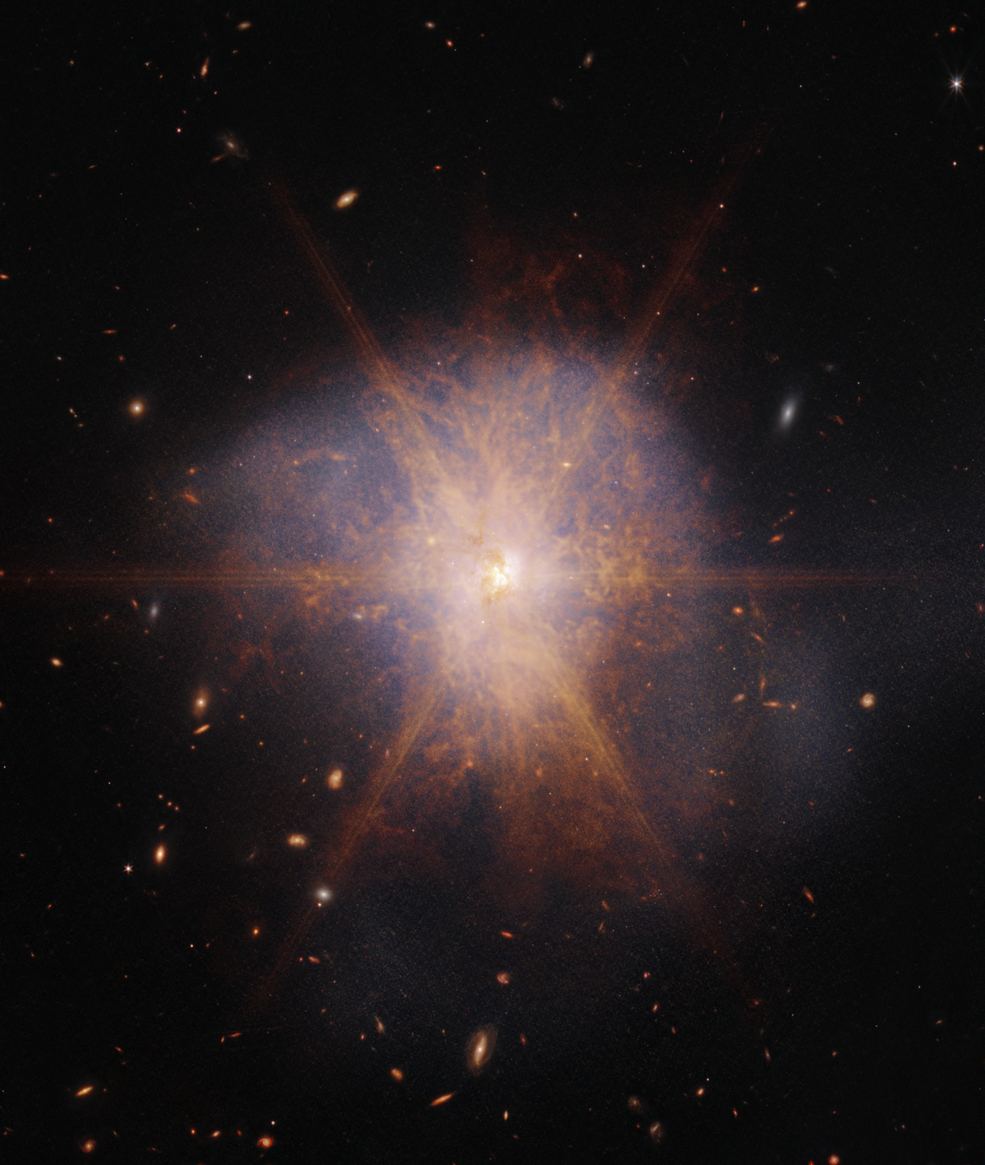
If we want to know what it’ll look like in about 4.5 billion years when our galaxy merges with Andromeda, we might take a look at ARP 220. ARP 220 is a pair of galaxies that are in the process of merging. The merging galaxies emit brilliant infrared light, and the James Webb Space Telescope captured that light in a vivid portrait.
Continue reading “JWST Sees Merging Galaxies Releasing the Light of a Trillion Suns”Beautiful New Hubble Photo Shows Hot, Young Variable Stars in the Orion Nebula
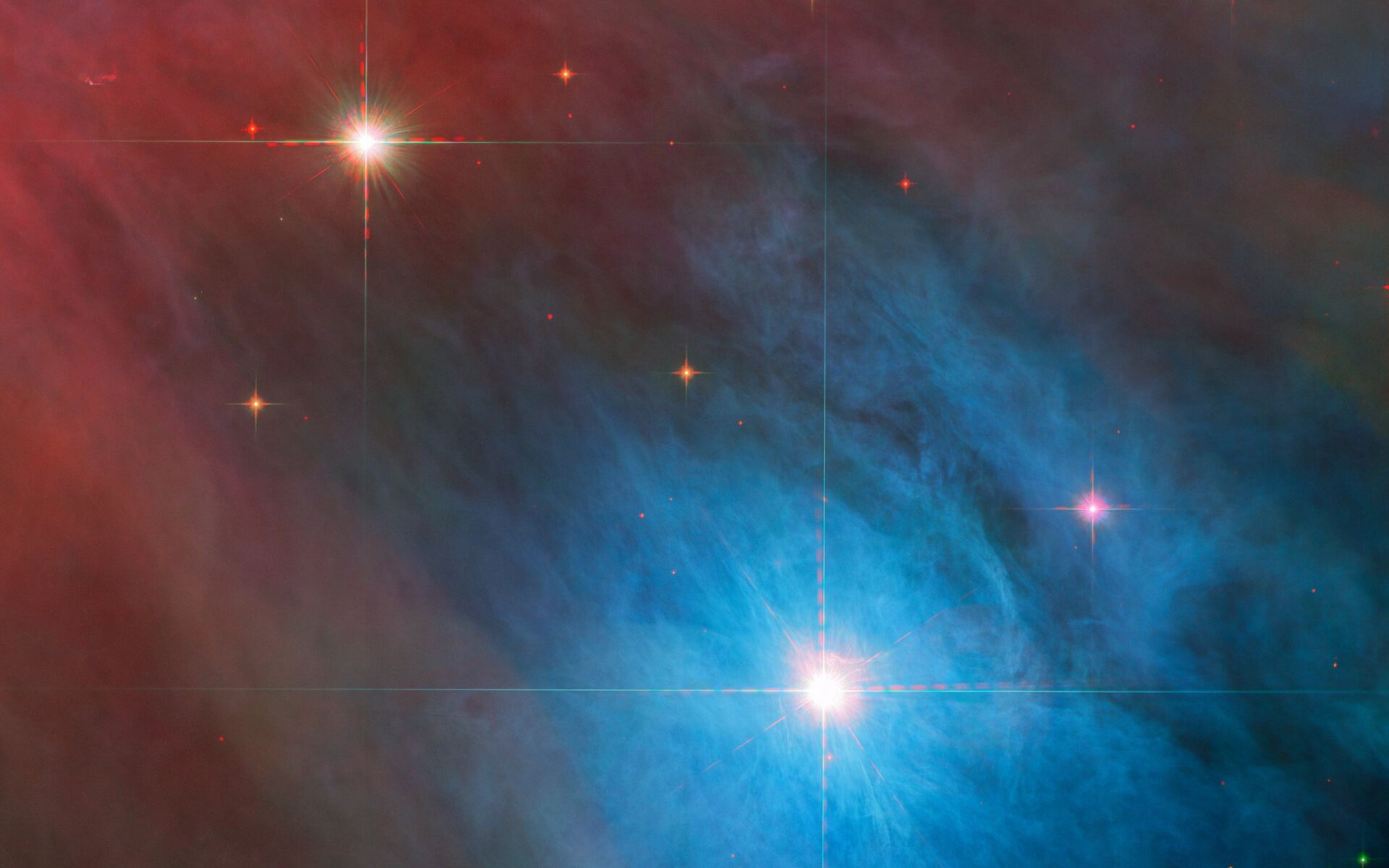
Here’s another striking image from the venerable Hubble Space Telescope. These billows of blue and red show a detailed look at a small portion of the famous Orion Nebula. But what really catches the eye are the brilliant stars with the cross-shaped diffraction spikes — a hallmark of Hubble images.
Continue reading “Beautiful New Hubble Photo Shows Hot, Young Variable Stars in the Orion Nebula”Astronomers Pin Down the Age of the Most Distant Galaxy: Seen 367 Million Years After the Big Bang

Staring off into the ancient past with a $10 billion space telescope, hoping to find extraordinarily faint signals from the earliest galaxies, might seem like a forlorn task. But it’s only forlorn if we don’t find any. Now that the James Webb Space Telescope has found those signals, the exercise has moved from forlorn to hopeful.
But only if astronomers can confirm the signals.
Continue reading “Astronomers Pin Down the Age of the Most Distant Galaxy: Seen 367 Million Years After the Big Bang”JWST Sees Frozen Water, Ammonia, Methane and Other Ices in a Protostellar Nebula
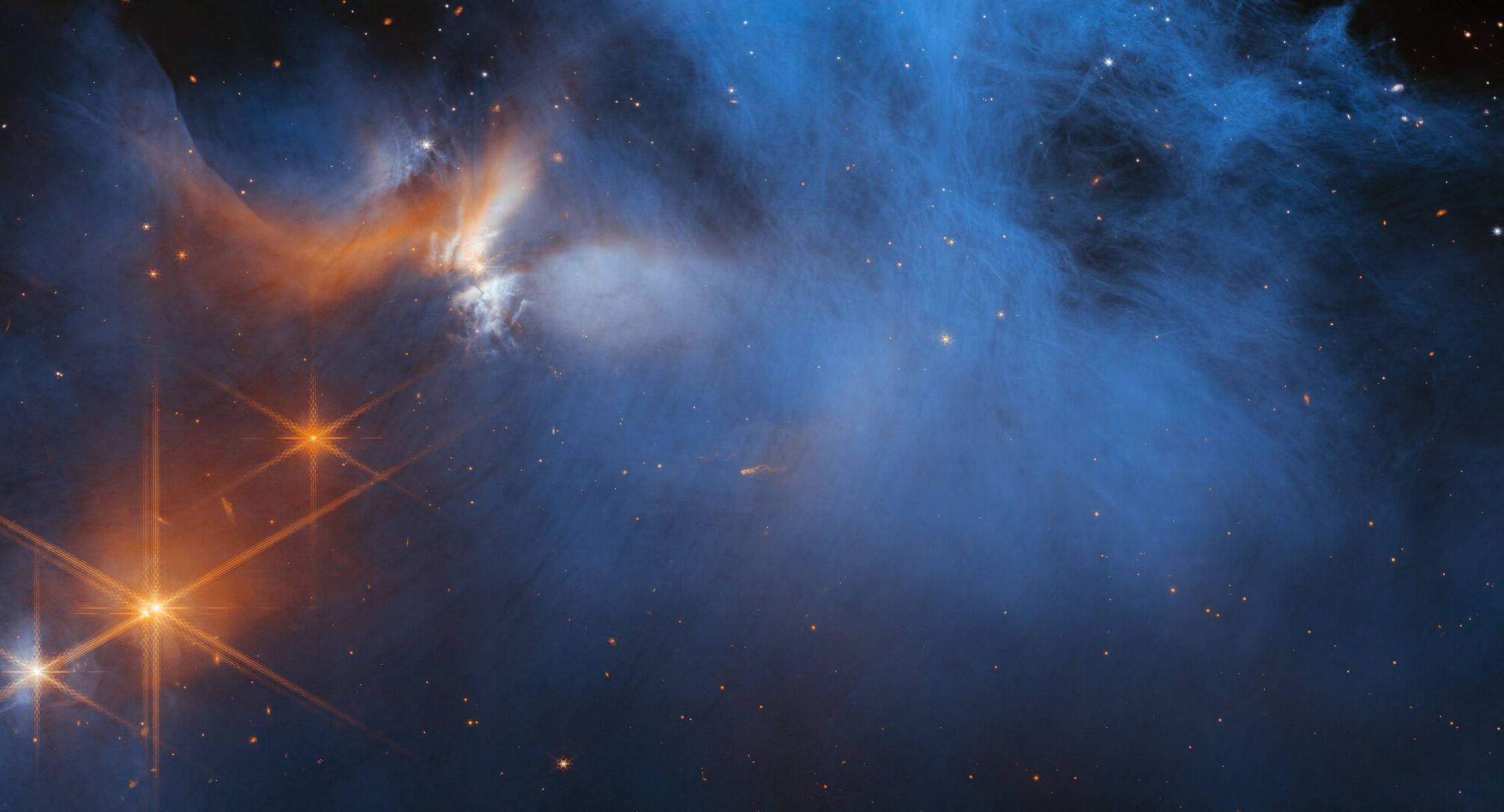
Want to build a habitable planet? Then you’ll need various and sundry ingredients such as carbon, hydrogen oxygen, nitrogen and sulfur. The James Webb Space Telescope has found the building blocks for these key ingredients in the colds depths of a distant protostellar nebula called the Chameleon I molecular cloud. Scientists say the discovery of these proto-ingredients allows astronomers to examine the simple icy molecules that one day will be incorporated into future exoplanets.
Continue reading “JWST Sees Frozen Water, Ammonia, Methane and Other Ices in a Protostellar Nebula”
